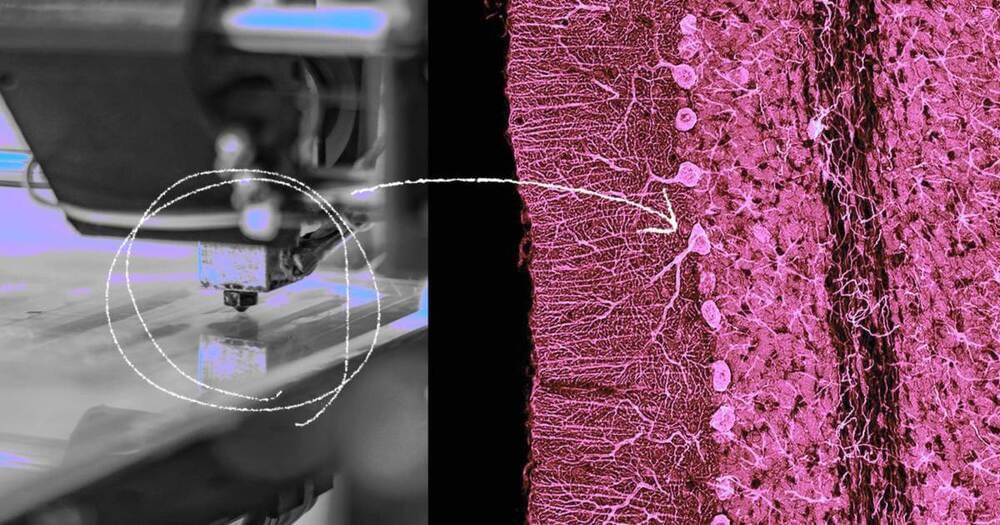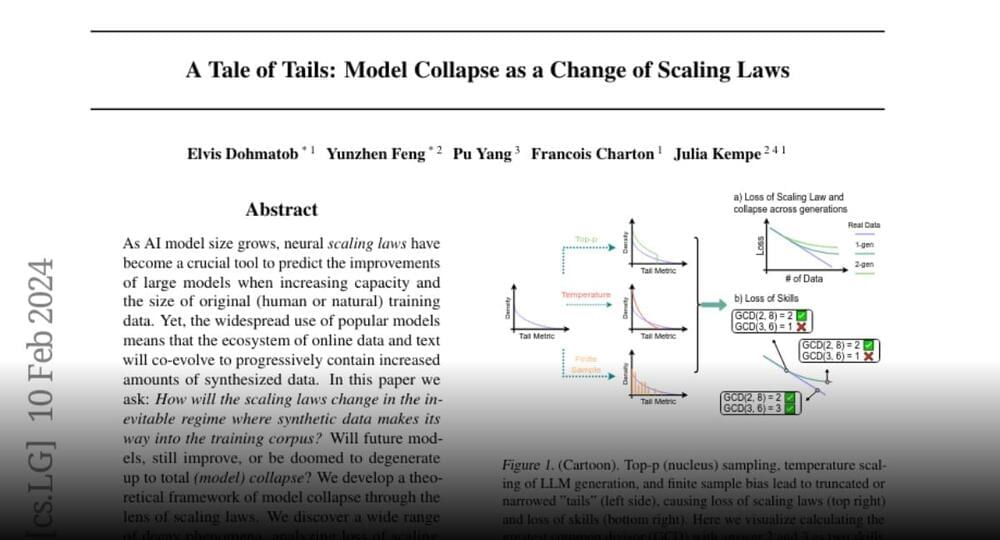The system has been deployed in the Faroe Islands, located in the North Atlantic.


As SpaceX is gearing up for the Starship Flight 3 orbital flight test, Ship 28 and Booster 10 are fully stacked at Starbase for the first time.

Scientists at the University of Wisconsin–Madison (UWM) say they have created the first 3D-printed brain organoids that function like natural brain tissue.
“The neurons communicate, send signals, interact with each other through neurotransmitters, and even form proper networks with support cells that were added to the printed tissue,” said senior author Su-Chun Zhang.
The challenge: In the right conditions, stem cells will self-assemble into tiny, three-dimensional tissues that mimic features of the human brain. These “brain organoids” can be used to test drugs, study diseases, and more.
1 year ago.
#HoverBike #XTURISMO #FirstHoverBike #US #Detroit The hoverbike was tried and tested by none other than the Co-Chairman of the Detroit Motor Show himself. His reaction after the flight… just like that of a 15-year-old child fulfilling a dream. The hoverbike is already on sale in the country. Watch this report to know more. ———————– About the channel Watch us for the best news and views on business, stock markets, crypto currencies, consumer technology, the world of real estate, bullion, automobiles, start-ups and unicorns and personal finance. Business Today TV will also bring you all you need to know about mutual funds, insurance, loans and pension plans among others. Follow us at: Website: https://www.businesstoday.in Facebook: / businesstoday twitter:
/ business_today Instagram:
/ business_today.

Link : https://trib.al/wOzZc3J
Talk about out-of-this-world bling!
Spanish researchers have discovered that two iron artifacts from a hoard of precious treasure that dates back to the Late Bronze Age — before man started the widespread smelting of iron — contain iron from meteorites estimated to be around 1 million years old.
The researchers’ findings, as detailed in a paper published in the journal Trabajos de Prehistoria last year, detail the chemical composition of what looks to be a portion of an iron bracelet or ring and half of a hollow iron sphere covered with fine gold filigree.

Plasminogen deficiency, a rare disorder characterized by impaired fibrinolysis, frequently results in ligneous conjunctivitis. In this report, we report a case of a Saudi girl manifesting both conjunctivitis and hydrocephalus. Her initial symptoms at 1 month of age were recurring eye redness, which was inaccurately diagnosed as simple conjunctivitis. Surgical intervention for her ocular lesions revealed underlying membrane deposition. She later exhibited signs of increased intracranial pressure, resulting in a hydrocephalus diagnosis and subsequent surgery. Genetic analysis confirmed the presence of plasminogen deficiency. Clinical evaluations highlighted ligneous conjunctivitis, variations in visual acuity, and facial acne. Laboratory assessments demonstrated diminished plasminogen levels.



An air traffic controller’s routine can be disrupted by an aircraft that requires special handling. This could range from an emergency to priority handling of medical flights or Air Force One. Controllers are given the responsibility and the flexibility to adapt how they manage their airspace.
The requirements for the front line of air traffic control are a poor match for AI’s capabilities. People expect air traffic to continue to be the safest complex, high-technology system ever. It achieves this standard by adhering to procedures when practical, which is something AI can do, and by adapting and exercising good judgment whenever something unplanned occurs or a new operation is implemented – a notable weakness of today’s AI.
Indeed, it is when conditions are the worst – when controllers figure out how to handle aircraft with severe problems, airport crises or widespread airspace closures due to security concerns or infrastructure failures – that controllers’ contributions to safety are the greatest.
The robot’s quadruped locomotion helps it look for hazards in cramped and cluttered experiment spaces inaccessible to other robots.